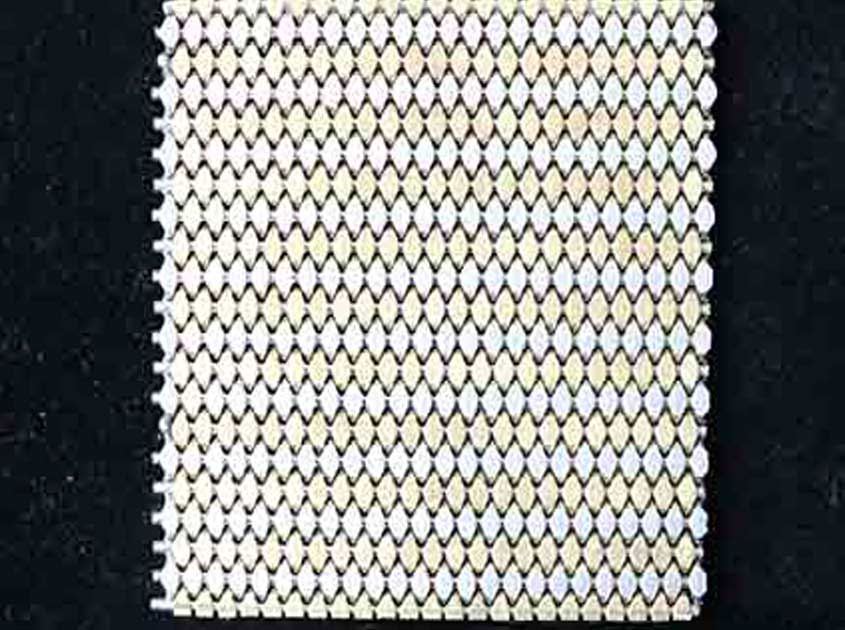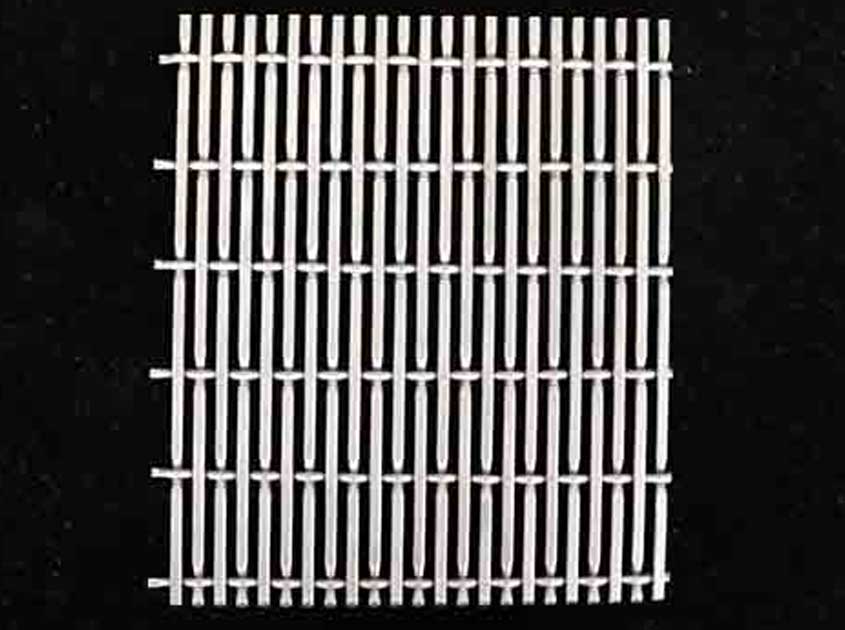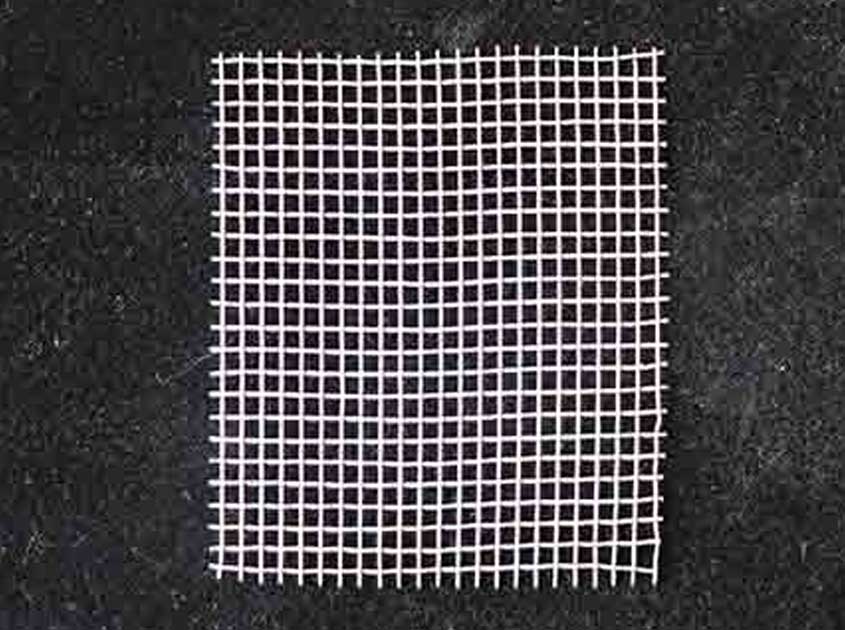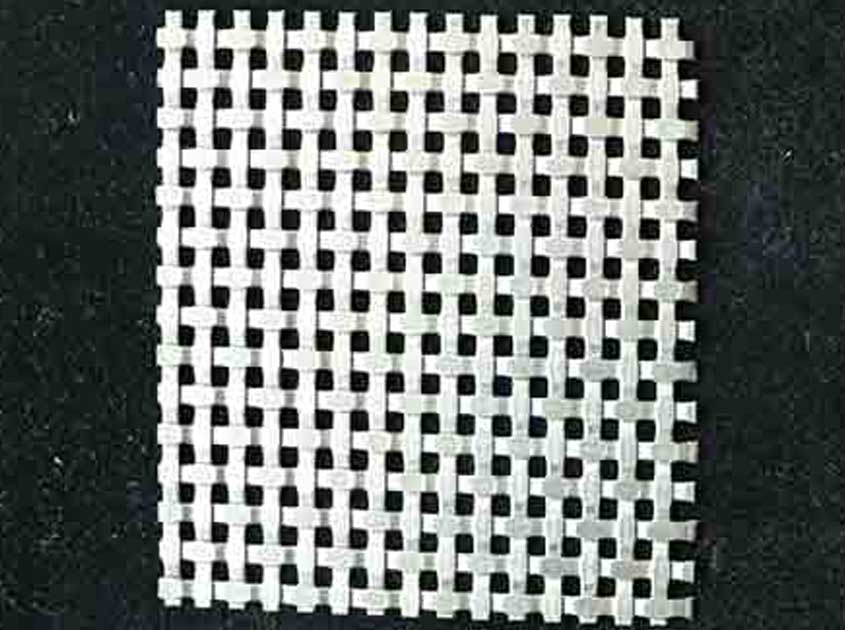Introduction:
Architectural woven mesh has emerged as a remarkable solution that beautifully merges these two elements. This article explores the intersection of form and function through the innovative use of architectural woven mesh in architecture, highlighting its aesthetic appeal and practical applications.

Part 1: Defining Architectural Woven Mesh
Architectural woven mesh is a versatile material composed of interwoven metal wires or fibers, creating a mesh-like structure. It can be customized in terms of patterns, densities, and materials, allowing architects to achieve unique and visually captivating designs. This material opens up a world of possibilities for architects to create structures that seamlessly blend artistry and functionality.

Part 2: Aesthetic Excellence
Architectural woven mesh brings a distinctive aesthetic appeal to architectural designs. Its intricate patterns and textures add depth and visual interest to building facades, transforming them into captivating works of art. The interplay of light and shadow on the mesh creates a dynamic and ever-changing visual experience, enhancing the building's overall form. Additionally, the transparency of the mesh allows for a harmonious integration of the structure with its surroundings, establishing a connection between the built environment and nature.

Part 3: Functional Ingenuity
Architectural woven mesh goes beyond its aesthetic qualities and offers practical benefits in architectural design. It serves as an effective sunshade, providing solar heat and glare reduction while maintaining natural light transmission. The mesh also promotes natural ventilation, allowing air to flow freely while providing a barrier against insects and debris. Furthermore, it can be utilized as a safety feature, offering fall protection in elevated areas without obstructing views. The versatility of architectural woven mesh makes it an ideal choice for enhancing the functionality and efficiency of buildings.

Part 4: Case Studies and Innovations
Numerous architectural projects have embraced the intersection of form and function through the use of architectural woven mesh. Examples include the Vessel in Hudson Yards, New York City, where the mesh cladding creates a visually striking and interactive experience for visitors. The Rolex Learning Center in Lausanne, Switzerland, incorporates woven mesh elements in its facade, providing solar shading and visual intrigue. Innovations such as kinetic woven mesh, which can change its appearance and form, offer exciting possibilities for creating dynamic and adaptable architectural structures.

Conclusion:
Architectural woven mesh represents a remarkable intersection of form and function in architecture. Its ability to seamlessly integrate aesthetics and practicality opens up endless possibilities for architects to create visually stunning and highly functional buildings. By utilizing architectural woven mesh, architects can achieve a harmonious balance between the artistic vision and the functional requirements of a structure. As this material continues to evolve and inspire architectural innovation, we can expect to see even more remarkable designs that showcase the extraordinary potential of architectural woven mesh in shaping the future of architecture.
pre:Architectural Woven Mesh: Innovations in Building Facades
next:Architectural Woven Mesh: Adding Texture and Depth to Architectural Designs
© 2025 Joinwin Architectural Wire. All Rights Reserved. | Sitemap
Recommended Read
The Beauty of Texture: Architectural Woven Mesh in Interior Wall Panels
The Art of Light Play: Architectural Woven Mesh in Lighting Installations